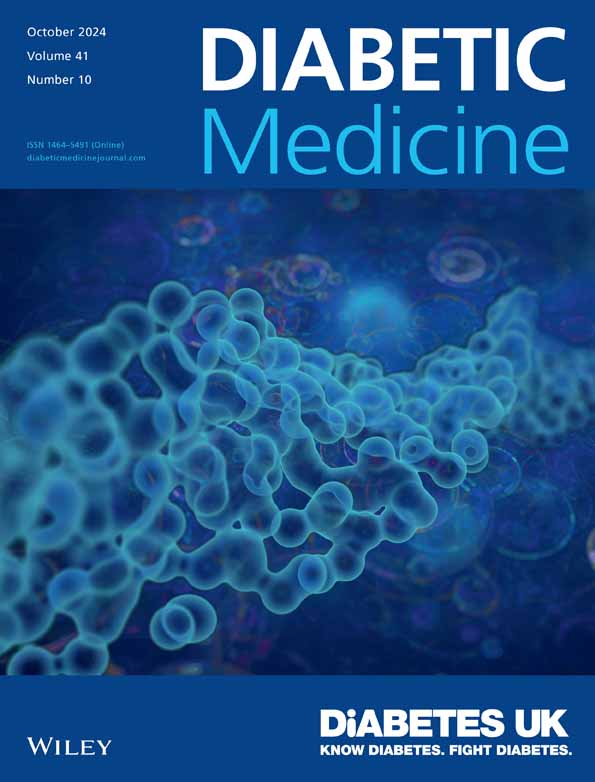Effectiveness of dietary interventions in individuals with diabetes for preventing and healing chronic wounds; a systematic review with meta-analysis
Abstract
Background
Optimising the nutritional status of individuals with diabetes is essential to optimise glycaemic control, as well as to prevent and promote wound healing. A variety of nutrition interventions are available. This systematic review and meta-analysis aimed to describe and synthesise the effectiveness of nutrition interventions for the prevention and management of chronic wounds in people with diabetes.
Methods
Five databases and four clinical trial registries were searched for nutrition intervention studies. Included studies involved a nutrition intervention, such as personalised medical nutrition therapy, education and/or nutrient supplementation for those with diabetes and a chronic wound. Meta-analysis was completed utilising mean wound size at follow-up and non-adjusted data where available. Quality was appraised using RoB 2 and ROBINS, and certainty of evidence was assessed using GRADE.
Results
Twenty-three studies were included; all included studies were in diabetes-related foot ulcer populations. Meta-analyses demonstrated nutrient supplements, including single and multi-nutrient supplements, significantly reduced wound depth (MWD −0.200 [95% CI −0.364, −0.035], p = 0.0172), width (WMD −0.466 [95% CI −0.724, −0.208], p = 0.0004) and length (−0.443 [95% CI −0.841, −0.045], p = 0.0292), the quality of included studies was low and the certainty of evidence was very low. While substantial heterogeneity was detected (I2 = 56%–68%), a random-effects meta-analysis was conducted to account for between-study variability, providing an overall estimate while acknowledging differences in study characteristics. Two studies evaluating the effect of nutrition education demonstrated significant wound size reduction (n = 1) and proportion of people healed (n = 1).
Conclusion
There is low-quality evidence that nutrient supplementation improves wound healing. Nutrition education may have a role in enhancing wound size reduction. Further studies are needed using robust methodologies to comprehensively determine the effectiveness of nutrition interventions for wound healing.


 求助内容:
求助内容: 应助结果提醒方式:
应助结果提醒方式:


